
The Role of Plastic Surgery in Gender Transition
In the journey of gender transition, plastic surgery plays a pivotal role in helping individuals align their physical appearance with their true gender identity. From

In the journey of gender transition, plastic surgery plays a pivotal role in helping individuals align their physical appearance with their true gender identity. From

In the quest to maintain a youthful appearance, many people turn to plastic surgery as a solution. However, it’s essential to have realistic expectations about
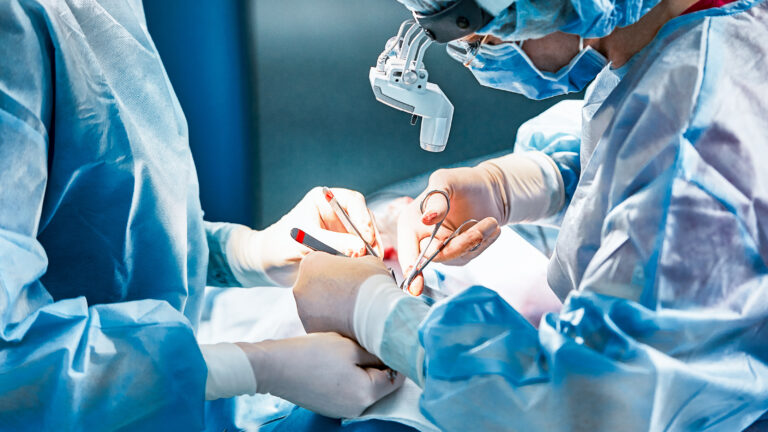
Recuperating from plastic surgery or a cosmetic procedure can be a process, both physically and emotionally. However, patients can manage their recovery and achieve the

Pursuing a more youthful appearance is a common desire among many individuals as they combat aging. While various options are available to achieve a rejuvenated
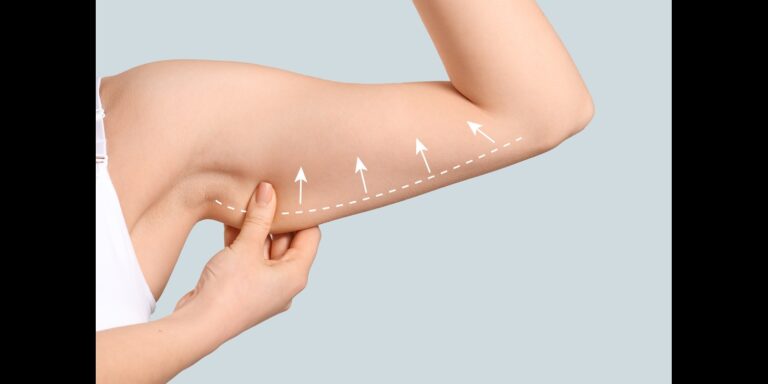
An arm lift, medically known as brachioplasty, is a surgical procedure designed to reshape and tone the upper arms by removing excess skin and fat.
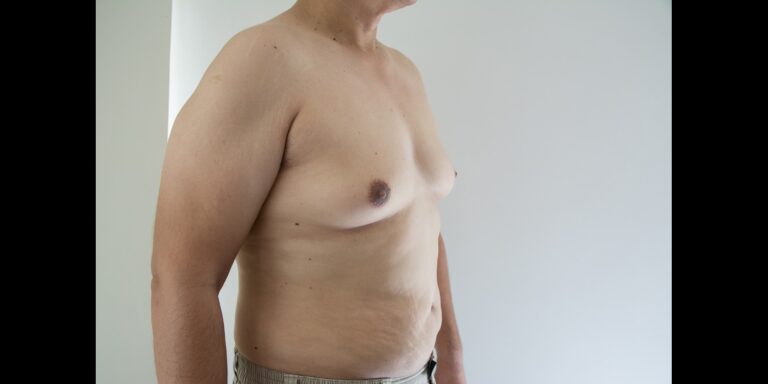
Gynecomastia surgery, also known as male breast reduction, offers a range of benefits that extend beyond the physical transformation. For those grappling with the challenges

A breast lift, clinically known as mastopexy, is a surgical procedure designed to reshape and elevate the breasts, restoring a more youthful and firm appearance.
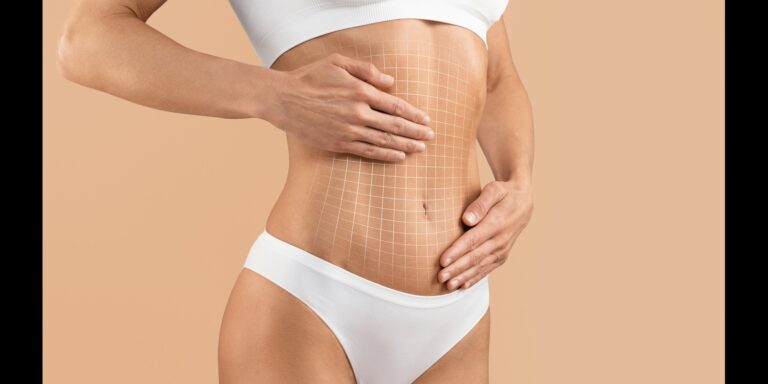
A tummy tuck, medically known as abdominoplasty, is a cosmetic surgical procedure aimed at improving the appearance of the abdominal area by removing excess skin
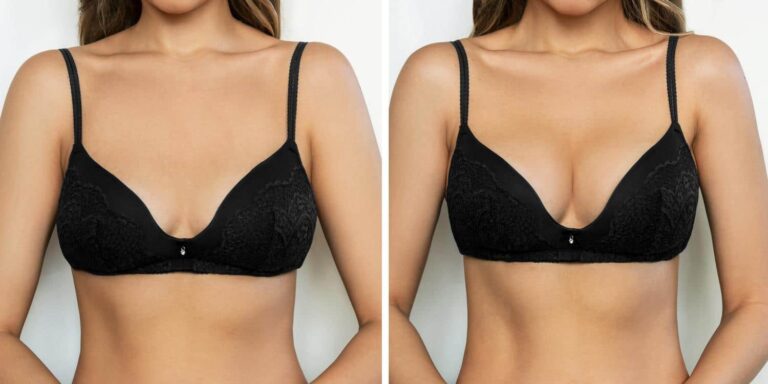
What is Plastic Surgery Plastic surgery is a unique medical field that combines the art of aesthetics with the science of surgical precision. At Hess,

Facial Plastic Surgery – Brow Lifts In the realm of facial plastic surgery, the quest for timeless beauty and youthful aesthetics continues to evolve. One
© Sandeen & Lee 2024 | All Rights Reserved
Managed by Boundless Design